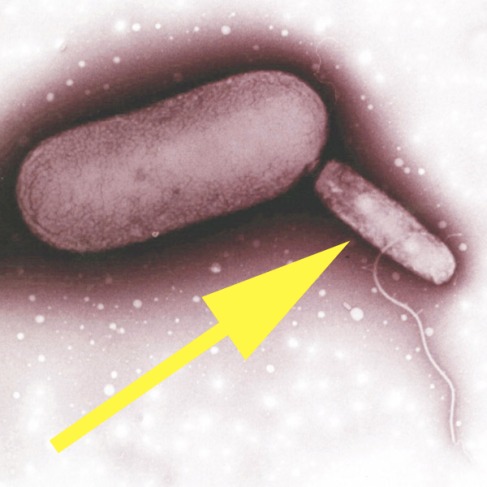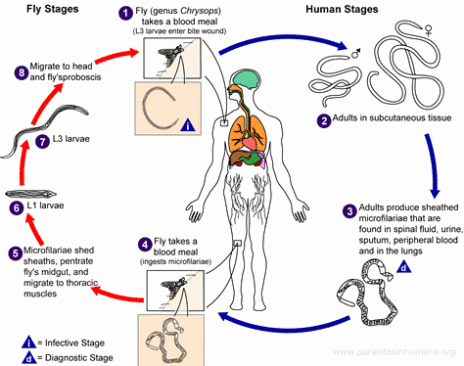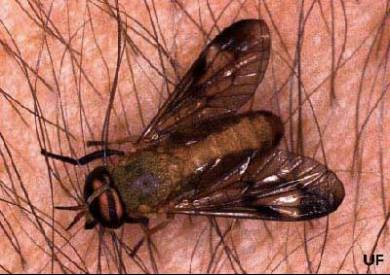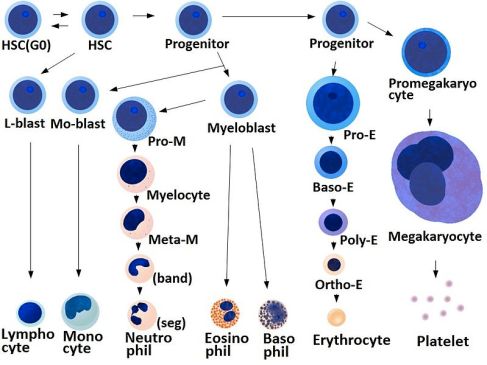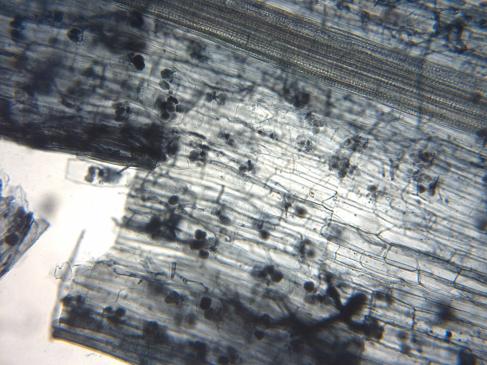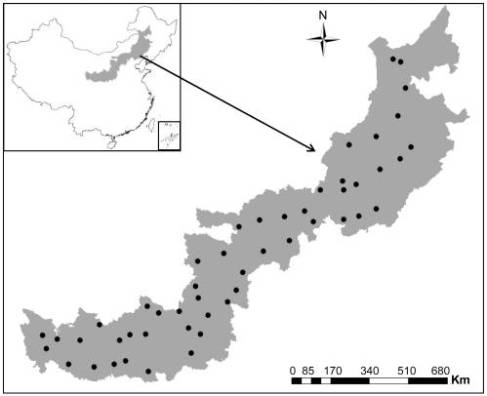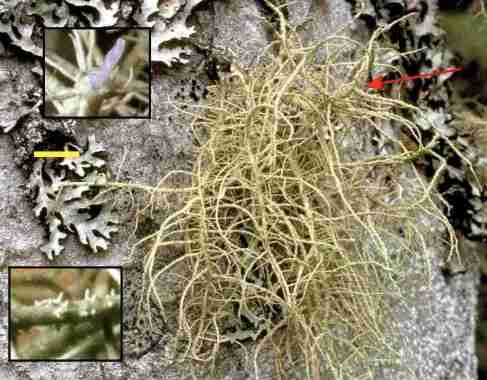It can be surprising exactly how much of you isn’t really made up of “you.” For example, your gut is the home of trillions of bacteria, some of which benefit you, others that are just there to exist [1]. These bacteria are kept in relatively constant numbers, so when the inhabitants of the gut are changed, it can lead to the development of diseases. Therefore, it is important to understand how exactly bacteria in our body interact with the microbiota.
Arrow points to the gram-negative bacteria Bdellovibrio bacteriovorus, a bacteria that preys on other gram-negative bacteria, and it is a possible inhabitant of the human gut [2].
Recently the gram-negative bacteria Bdellovibrio bacteriovorus, which acts as a predator in microbiomes by eating other gram-negative bacteria, has been found in terrestrial and aquatic ecosystems as well as animal intestines. It is hypothesized by Valerio Iebba (et al. 2013) that it is also present in the human gut. To find out, a PCR test, which is the amplification of a single part of the DNA strand, was carried out on intestinal and faecal biopsies in order to see if there was any B. Bacteriovorus in the gut. Patients ranged from healthy to suffering from Inflammatory Bowell Diseases, Celiac disease, and Cystic Fibrosis. Results show that DNA was only present and abundant in the healthy individuals. Furthermore, it reveals that populations exist in higher concentrations in the duodenum, or the section of the intestines closest to the stomach, and that concentrations gradually went down closer to the rectum. As a result, Iebba (et al. 2013) believe that B. bacteriovorus plays a big role in controlling the gut microbiome, and prevents other bacteria from running rampant. Further studies wish to test B. bacteriovorus as a possible candidate for a therapeutic strategy to restore balance to the intestinal ecosystem
Work Cited
1. Iebba V, Santangelo F, Totino V, Nicoletti M, Gagliardi A, De Biase RV, Cucchiara S, Nencioni L, Conte MP, Schippa S, 2013, Higher Prevalence and Abundance of Bdellovibrio bacteriovorus in the Human Gut of Healthy Subjects, PLoS One 8(4):e61608.
2. http://farm3.staticflickr.com/2717/4187842186_721dcd0d36_o.jpg
